At the end of 15th century, Ercole d’Este, the ruler of Duchy of Ferrara in northern Italy, dispatched Alberto Cantino as the diplomat in Lisbon in order to acquire the military intelligence about Portuguese’s sailing overseas. Cantino paid for a cartographer secretly to copy the confidential map from the Portuguese government. The cartographer did not leave his name on the map. Since the top left corner of the map writes in Latin, to Duke of Ferrara Ercole d’Este by Alberto, Cantino, it gained the name of “Cantino World Map”. The map had passed through a variety of owners since Cantino transported it secretly to Italy. In late 19th century, a staff member of Biblioteca Estense in Modena, Italy ran across the precious map in a butcher shop only to find that it was used as screen, so he bought it from the shop and showed it to the world. “Cantino World Map” was depicted on three pieces of parchment with rich color illustrations. On the map depicted animals and plants, compass rose, Papal meridian, etc. The coastline of the East Asia was even mistakenly painted as the shape of a straight line. Noticeably, the mapmaker was discreet about the geographic knowledge of the East Asia, for some places was not marked clearly, like “Thinae”, “Sinae”, “Cathay”, Magi and so on, as what most of its contemporary maps did. The Southeastern Asia was depicted as a stretching island, with “Malaqua” on the southern cape. “Cochin-China” was marked to the south of the coastline of Southeastern Asia, and an unknown name “Quiritiria”. Some believe it is one of city of China coast.
This duplicate is a copy from Bibliothèque et Archives nationales du Québec.
Reference:
[1]. Cortesão, A. (1969). History of Portuguese cartography (Vol. 1). Lisboa: Junta de Investigações do Ultramar.
[2]. Cortesão, A. (1960). Portugaliae monumenta cartographica (Vol. I). Lisboa.
[3]. 龔纓晏. (2008). 意大利間諜的戰利品:《坎蒂諾地圖》. 地圖, 03期.
Informações relevantes
Data de atualização: 2020/09/09


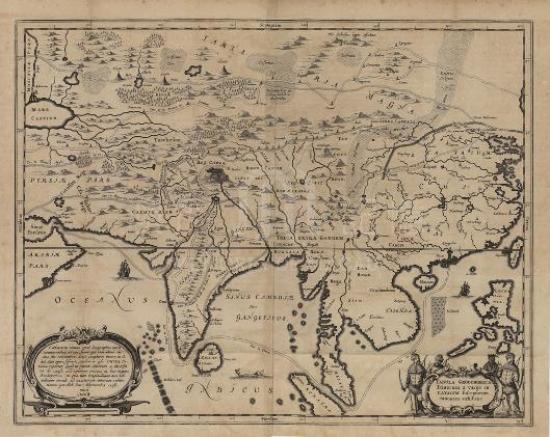
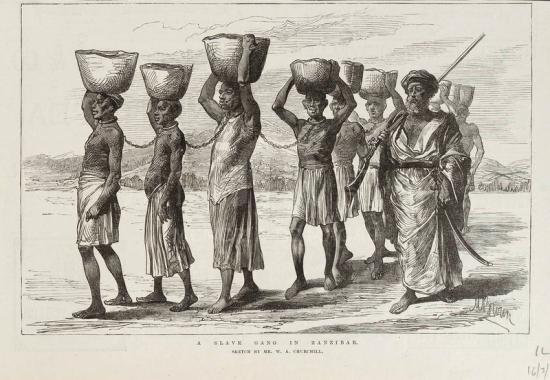



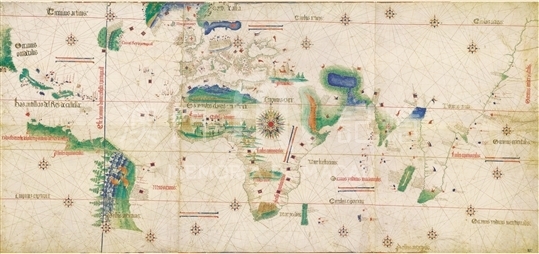
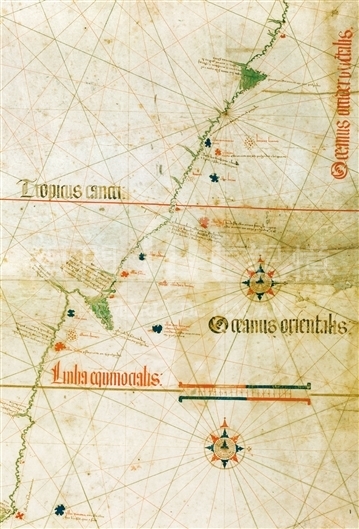
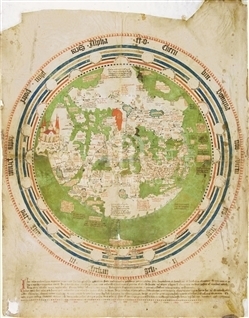
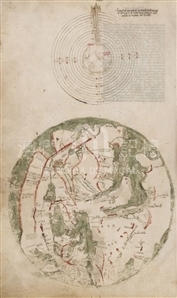
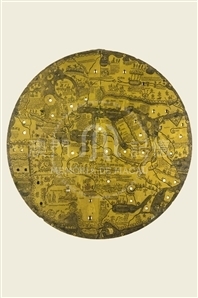
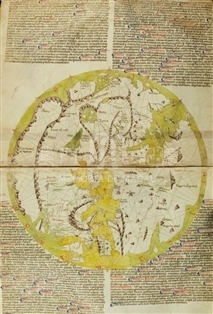
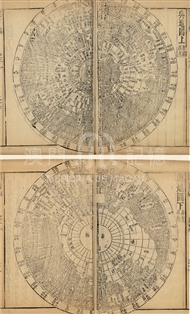
Comentários
Comentários (0 participação(ões), 0 comentário(s)): agradecemos que partilhasse os seus materiais e histórias (dentro de 150 palavras).